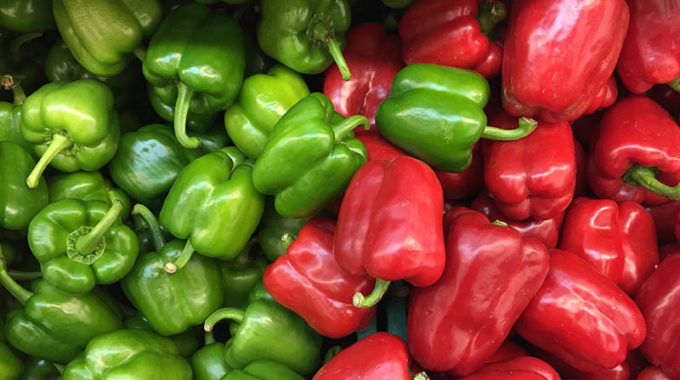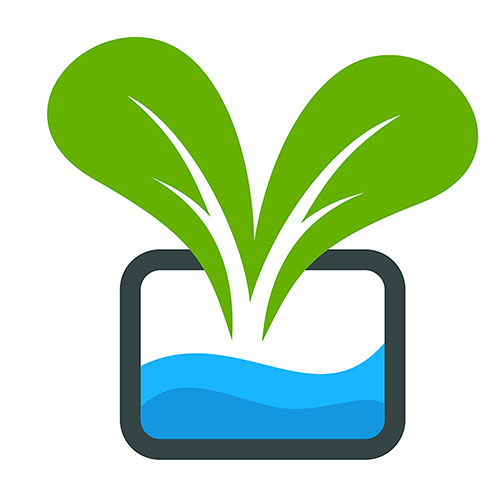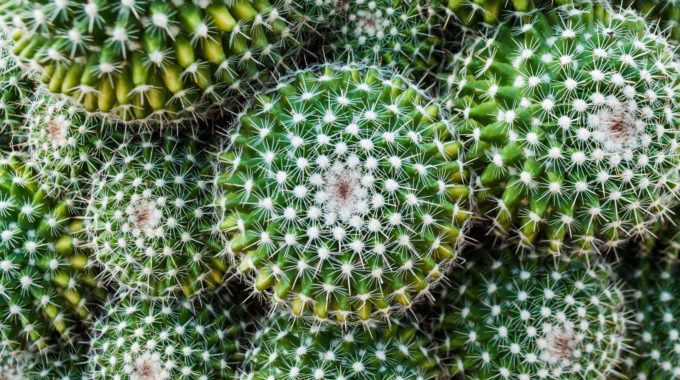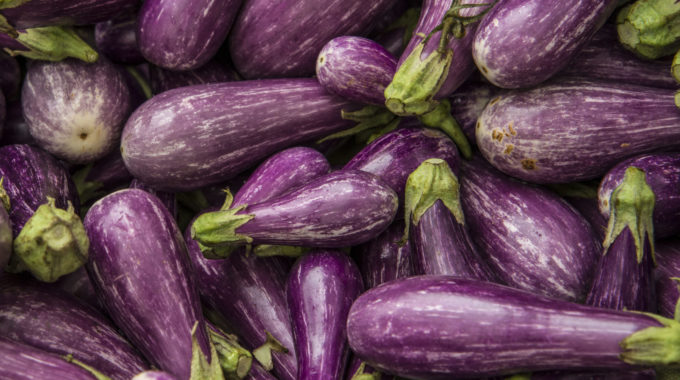Many hydroponic growers have only grown fruits, herbs, and veggies. But what if you decided…

Bell Peppers
Growing Bell Peppers in hydroponic or aeroponic systems is a great way to create your own produce in your own home. I will walk you through how to get your very own Bell Peppers!
Let’s get to planting!
Bell Pepper Facts
- Optimal PH: 5.5-6.5
- 1400-1750 PPM
- Temp: 65-75 Degrees
- Enjoys: Space to grow, good amount lights, high nitrogen, potassium
Grows Well With Aeroponically
Hydroponic Bell Peppers
Bell Peppers are said to be more of an advanced growing process. When you grow them, you can’t let the plants grow to the full height. To avoid this, you can prune the plants by pinching the plants at about 8 weeks, this will spur the growth of the pepper.
When starting to grow the peppers, you will need to keep the seeds at about 80 degrees, you could use a heating mat. The heat will help the seeds germinate. In about 7-14 days, you’ll have something growing! Be sure that you plant the seeds about 18-24 inches apart to give the plants room to grow.
Now light is a big factor in the growth of your Bell Peppers. They will need to receive about 14-18 hours of light each and every day.
For Nutrient Requirements, you will need to start off by using nutrient regimen until your peppers are reading for flowering. After that stage, you will need to switch to a nutrient regimen with a little less nitrogen and more phosphorus and potassium. This will help the production.
Hydroponic Peppers from Seed – Harvest
AeroGarden Requirements
If you plan to use your AeroGarden System to grow your Bell Peppers, there are a few things you will need to keep in mind. Bell Peppers are very large plants, they can grow anywhere from 12 inches to 36 inches, and it will keep growing. When choosing your Pepper Seeds, do research to see how tall the plant will grow. Also, you will need a lot of space for these!
The AeroGarden Sprout holds Plants that are about 10 inches tall. If you plan to use this for your Plants, then you will need to prune your Pepper Plant down. All the flowers will need light, so prune accordingly.
The AeroGarden Harvest has a 12″ Grow Height, meaning that you will also need to prune down your plant so all the leaves and flowers are getting the same amount of light. Pruning your Pepper Plant will do no harm, so this is perfectly okay. The only downside to this, is that the amount of Peppers that the plant will grow will decrease.
For the AeroGarden Sprout and AeroGarden Harvest, you may want to look into Mini Bell Peppers. The plant will still grow very tall like the normal Bell Peppers, but the weight of the peppers won’t impact the stems and branches of the plant.
The AeroGarden Bounty has a 24″ Grow Height, meaning that this system is great for growing Bell Peppers. Although you may have to prune the plant down a bit, you will still receive plenty of Peppers when it’s time to harvest.
The AeroGarden Farm is the best system for Bell Peppers. The grow height is 34″, and most of the Bell Peppers on the market reach that height. Since the Peppers will be heavy, you may want to invest in some type of line so your plant can wrap around it, supporting the weight of the Peppers. Many Bell Pepper growers like to use the Plant Stake Support Cage. These have great reviews, and does an amazing job in keeping the Pepper Stems strong, and healthy.
Aeroponic Bell Peppers
This way is about the same as growing them hydroponically. For this, you will need a fan at the lowest setting to help the vegetables out.
Types of Bell Peppers
Bell Peppers have zero heat spice to them, they are found in many common colors. Such as: red, yellow, orange, and green.
- Bell Peppers will grow 3 – 6 feet tall
- California Wonder will grow up to 2 feet
- Corna Di Toro will grow 24″ – 36″ tall
- Golden Bell Peppers will grow from 18″ – 24″ tall
- Golden Summer Hybrid Peppers will from 24″ – 36″ tall
- Gypsy Peppers will grow from 24″ – 36″ tall
- Jupiter Peppers will grow from 36″ – 48″ tall
- Keystone Resistant Giant Peppers will grow up to 36″ tall
- Nardello Peppers will grow 24″ – 36″ tall
- Sweet Banana Peppers will grow up to 24″ tall
- Cubanelle Peppers will grow up to 24″ tall
- Yolo Wonder Peppers will grow up 36″ tall
Indoor Bell Peppers
Do you have bell peppers growing outside but want to bring them inside? Maybe the weather is getting too cold, or you want to continue growing them year-round. Whatever the reason, bringing your bell pepper plants inside can be a simple process if you follow these steps.
Dig Up Your Plant and Place It Into a Pod
The first step is to dig up your bell pepper plant from outside and place it into a pod. Make sure to choose a pod that is the appropriate size for your plant. It should be big enough to allow the roots to spread out, but not so big that the soil will stay too moist.
Move the Plant Around Outside to Check for Bugs
Before bringing your plant inside, it’s essential to make sure there are no bugs on it. To do this, move the plant around outside and check for any signs of insects. Look for holes in the leaves or any other damage that might indicate the presence of bugs.
Keep Your Plants Warm
Bell peppers thrive in warm temperatures, so it’s essential to keep your plant warm once it’s inside. Make sure to place it in a location that gets plenty of sunlight and is away from drafts. You may also want to consider using a heat lamp or other supplemental heating source to keep the plant warm.
Pruning Bell Peppers
Pruning your plants is actually simple. The effect you want is a ‘V’ shape. You’ll want to keep the thickest, tallest, strongest branches.
Pest Control
The most common indoor pest that will attack your bell peppers are Spider Mites, Thrips, Aphids, Whiteflies, and fungus Gnats. The best way to fight these bugs are using sticky fly traps. They will trap the bugs before they trap your plants! Another way is to invest in a spray but avoid chemical sprays.
Diseases
Yes, plants can get diseases too. The most common diseases for Bell Peppers are Powdery Mildew, Downy mildew, grey mold, root rot, and iron deficiency. You can avoid these by wearing clean clothes when taking care of your vegetables. Be sure to clean up spills and runoffs, and clean your water!
Tips & Tricks
- Plan to provide your plant with 18 hours of light each day, and raise your light rack as the plants grow.
- Keep the plants about 6 inches from the light
- Provide your plant support when the Peppers start to grow.
- When looking to purchase your seeds, do research to make sure your system is large enough.
- Space your plants apart, about 8″ – 24″ apart.
- Pollinate the peppers by using a fan, using a cotton swab/brush or shake your plant
- When harvesting, use scissors or gardening shears. Never use your hands to pull off the pepper, this could damage the future harvest.
Inside Scoop
A Bell Pepper Grower recommended this early Bell Pepper Variety from the Sandia Seed Company. This plant is very productive, and it grows peppers like crazy!
Another Pepper Grower mentioned to constantly check all your levels in your system! Bell Peppers tend to be thirsty plants.
Larger plants like this plant can get Edema. This is not harmful to the plant, this just simply happens when the plant takes water in and loses water at the same time. The cells that are full of water enlarge, causing a number of symptoms like blisters, white crusty eruptions and water soaked swellings on the leaves, stems and veins. You can fix this by placing a fan near the plants to control the airflow in the room.
The most nutritious Bell Pepper is the Red Pepper because they are on the vine the longest.
You can cut a longer, thicker branch from the tree, place it into water and it will start to grow roots! Once you have roots, place that into your hydroponic system, and you will be able to grow a full Bell Pepper Plant!
Many Growers are in love with the Deep Water Culture for growing Peppers – the plants tend to grow nicely.
If you made a DIY Hydroponic System, many other growers recommend using an air pump! A Aquarium Air Pump will allow your stems and rooms to receive plenty of air and oxygen.
If you are having issues with germination, many growers have recommended using hydrogen peroxide. Add 1 ounce of 3% hydrogen peroxide, and 1 pint of water in a jar. Then soak your seeds for 18 – 24 hours. This helps break down the hard shell to allow faster germination, giving the seed more oxygen.
A few ways that growers get rid of incest is to place a few garlic cloves around the plant and let the smell linger. Another grower said to mash up garlic, pour a jug of boiling water and allow that to sit for a day or two.



